Seascapes and sailing photos capture the essence of nature’s grandeur, offering a unique perspective on the world around us. Whether you’re an amateur photographer or a seasoned professional, crafting stunning seascape and sailing photos requires a blend of artistry, technique, and attention to detail. From the golden hues of dawn to the serene tranquility of sunset, every moment on the water presents a perfect opportunity to create memories that last a lifetime. This guide delves into the key elements, composition techniques, and post-processing secrets that will help you elevate your photography game, ensuring your work stands out and resonates with viewers.
Key Takeaways
– Capture the essence of the open ocean by mastering lighting, composition, and color palette in your seascape and sailing photos.
– Use strategic lighting during golden hours for soft, diffused light that enhances textures and creates dramatic effects.
– Master composition with the rule of thirds, leading lines, and symmetry to frame your scenes effectively.
– Experiment with unique perspectives from low or high angles to emphasize vastness or intimacy in your shots.
– Pay attention to color palettes—vibrant blues and greens during the day, warm tones at sunset, and ethereal hues under mist or fog.
– Incorporate atmosphere by using clouds, mist, or reflective surfaces to add depth and texture to your images.
– Time your shots perfectly during sunrise, sunset, or twilight for rich color contrasts and serene moods.
– Consider technical aspects like depth of field, aperture, and shutter speed to isolate subjects and control motion.
– Focus on subject matter by including boats, lighthouses, or people to add scale and narrative to your photos.
– Tell a story through your photos by evoking emotions like peace, adventure, or nostalgia.
– Enhance your work with thoughtful post-processing to refine colors, exposure, and contrast.
– Be patient and observant to capture the mood and story of each moment, even in challenging conditions.
– Seek unique locations to discover hidden gems and fresh perspectives for your photography.
– Connect with communities to share your work, gain feedback, and stay inspired through platforms like Sailing Photo Awards.
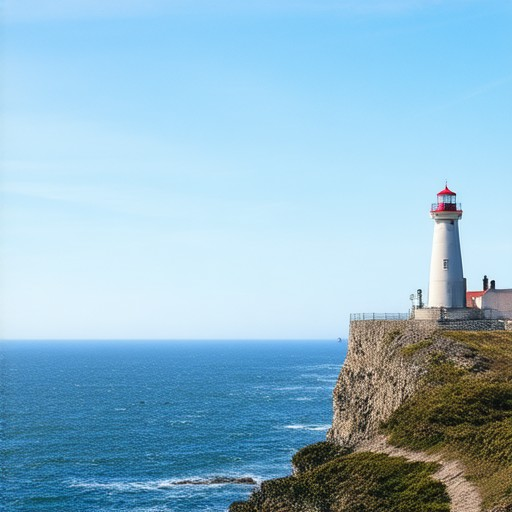
What Are Some Tips For Capturing Stunning Seascape And Sailing Photos?
Here are expert-recommended tips for capturing stunning seascape and sailing photos:
- Timing Is Everything
- Plan your shoots around sunrise or sunset for soft, golden light that enhances textures and colors in the sky and water.
- Capture the magic of twilight when the sky changes hues and reflects beautifully on the ocean surface.
-
Composition Mastery
- Use leading lines (like the horizon or boat masts) to guide the viewer’s eye through the frame.
- Experiment with symmetry, especially when framing sailboats or waves.
-
Lighting Secrets
- Look for dramatic lighting conditions, such as dramatic shadows created by clouds or ship silhouettes.
- Wait for moments when sunlight filters through clouds, creating a “sunburst” effect.
-
Stability and Tripod Use
- Use a sturdy tripod to keep your camera steady, especially when shooting moving subjects like waves or boats.
- Consider a cable release or timer to minimize vibrations.
-
Experiment With Angles
- Try shooting from ground level or a low angle to emphasize the vastness of the ocean.
- Capture unique perspectives, such as looking up at the sails from the deck.
-
Use a Polarizing Filter
- A polarizing filter helps reduce glare and enhances color saturation, making the ocean appear more vibrant.
-
Capture Motion
- For sailing photos, experiment with fast shutter speeds to freeze the motion of the boat and waves.
- Capture dynamic compositions where the subject is mid-journey rather than stationary.
-
Incorporate People and Stories
- Include crew members or passengers in your photos to add a sense of scale and activity.
- Wait for a moment when someone is interacting with the boat or the environment to add interest.
-
Post-Processing Enhancements
- Adjust colors and tones to match the mood of the scene.
- Remove unwanted objects or people from the frame during editing.
-
Explore Resources
- Visit Sailing Photo Awards to see inspiring works and learn from professional photographers.
- Check out National Geographic Photography for exceptional marine photography examples.
- Join online forums like SailNet to share tips and get feedback on your work.
By applying these tips, you can create stunning seascape and sailing photos that capture the essence of the open ocean and its dynamic beauty.
Key Elements for Stunning Seascape and Sailing Photos
Creating mesmerizing seascapes and sailing photos requires a combination of technical skill, artistic vision, and attention to detail. Here are the essential elements that contribute to capturing stunning visuals:
- Lighting : Lighting plays a pivotal role in determining the mood and visual appeal of your photo. Golden hours (sunrise and sunset) often provide soft, warm light that enhances the beauty of seascapes, creating dramatic shadows and vibrant colors. Overcast days can also yield ethereal, diffused light, while clear mornings offer sharp contrasts.
- Composition : Composition is the arrangement of elements within the frame. Utilize techniques like leading lines, which draw the viewer’s eye through the image, and symmetry to create balance. The rule of thirds is a popular guideline for balancing subjects and backgrounds.
- Color Balance : The ocean offers a spectrum of blue tones, from deep blues to subtle greens and teals. Achieving the right color balance ensures your photo reflects the natural beauty of the scene. Vibrant colors in the foreground can stand out against the vast, calming backdrop of the sea.
- Subject Matter : The focal point is crucial. Whether it’s a solitary boat, a surging wave, or a serene calm, the subject should complement the background rather than overshadow it. Avoid clutter in the foreground that distracts from the overall composition.
- Patient Observation : Waiting for the perfect moment can lead to extraordinary captures. Pay attention to the changing tides, weather conditions, and the movement of light. These factors can transform a普通的场景 into something extraordinary.
- Filter Use : Filters can enhance your creativity. Neutral density (ND) filters help control light exposure, creating long exposures that capture flowing water textures. Polarizing filters reduce glare and enhance color saturation, making the sea appear more vivid.
- Point of View : Experiment with your camera angle. Lower angles often emphasize the vastness of the sea, while elevated shots can highlight unique features like reflections, clouds, or distant islands.
- Detailed Observations : Look closely at the scene. Notice patterns in the waves, the reflection of clouds on the water, or the texture of the sand. These details add depth and interest to your photos.
- Post-Processing : Even the most technically perfect shot may benefit from post-processing. Adjust for vignettes, remove unwanted objects, and enhance colors subtly. The goal is to preserve the integrity of the original scene while refining its appearance.
- Nature Respect : Stay mindful of your surroundings. Capture the essence of the location without disturbing it. Respecting the environment ensures that future generations can enjoy its beauty.
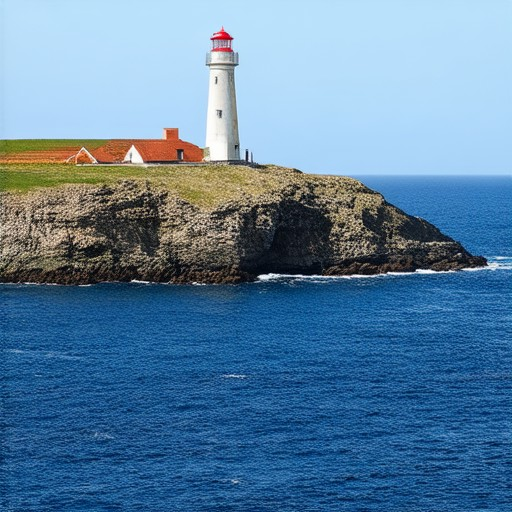
What Makes a Great Seascape and Sailing Photo?
A great seascape and sailing photo is a harmonious blend of artistic vision, technical skill, and an ability to capture the essence of the marine environment. Here’s what sets these photos apart:
1. Lighting
- Soft, Diffused Light: Soft lighting enhances the serene and tranquil feeling of seascapes, creating a calming atmosphere.
- Dramatic Lighting: Golden hours, especially during sunrise or sunset, can add depth and drama, particularly when the sun creates long shadows across the water and sky.
2. Composition
- Rule of Thirds: Position the horizon or key elements like a sailboat or wave patterns at one-third of the frame for balanced compositions.
- Leading Lines: Use lines like those formed by waves or the mast of a sailboat to guide the viewer’s eye through the image.
- Symmetry: Reflective surfaces on the water can mirror skies or landscapes, adding visual interest and symmetry.
3. Color Palette
- Vibrant Blues and Greens: Capture the spectrum of ocean hues, from deep blues to teal and emerald greens, especially during daylight hours.
- Sunset Palettes: Experiment with warm tones like oranges, reds, and purples during golden hours for striking results.
4. Atmosphere
- Mist or Fog: These conditions can create an ethereal quality, making the scene feel more mysterious and serene.
- Cloudscapes: Incorporate clouds to add texture and scale, often complementing the vastness of the ocean.
5. Point of View
- Low Angle: Shooting from a lower vantage point emphasizes the expanse of the ocean, highlighting its vastness.
- High Angle: Focuses on details like the boat, waves, or reflections, providing a sense of intimacy with the subject.
6. Timing
- Golden Hours: Capture the ocean during sunrise or sunset for rich color palettes and soft lighting.
- Evening Light: Explore the tranquility of twilight shots, where the sky transitions from vibrant to muted tones.
7. Technical Considerations
- Depth of Field: Use shallow DOF to isolate subjects like boats or sails, blurring the background to enhance the foreground.
- Aperture and Shutter Speed: Adjust settings to control motion and focus, whether you’re capturing stationary scenes or dynamic action.
8. Subject Matter
- Boats and Lighthouses: Include these elements to add a sense of scale and narrative, drawing the viewer into the scene.
9. Storytelling
- Convey Emotion: Decide whether your photo aims to evoke peace, adventure, or nostalgia, and compose it accordingly.
By thoughtfully combining these elements, photographers can create seascapes and sailing photos that transcend mere documentation, becoming works of art that inspire and captivate.
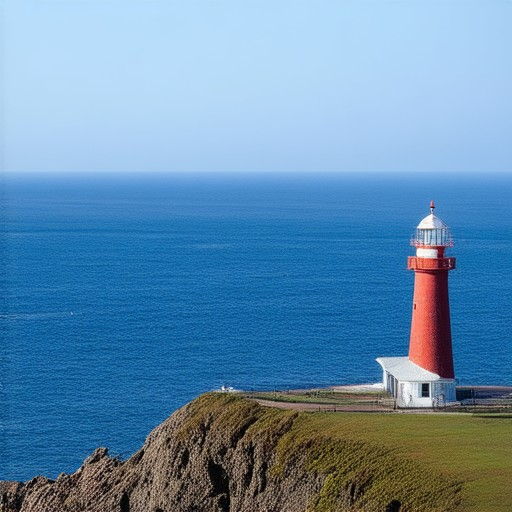
What Makes a Great Seascape and Sailing Photo?
A great seascape and sailing photo is a harmonious blend of artistic vision, technical skill, and an ability to capture the essence of the marine environment. Here’s what sets these photos apart:
1. Lighting
- Soft, Diffused Light: Soft lighting enhances the serene and tranquil feeling of seascapes, creating a calming atmosphere.
- Dramatic Lighting: Golden hours, especially during sunrise or sunset, can add depth and drama, particularly when the sun creates long shadows across the water and sky.
2. Composition
- Rule of Thirds: Position the horizon or key elements like a sailboat or wave patterns at one-third of the frame for balanced compositions.
- Leading Lines: Use lines like those formed by waves or the mast of a sailboat to guide the viewer’s eye through the image.
- Symmetry: Reflective surfaces on the water can mirror skies or landscapes, adding visual interest and symmetry.
3. Color Palette
- Vibrant Blues and Greens: Capture the spectrum of ocean hues, from deep blues to teal and emerald greens, especially during daylight hours.
- Sunset Palettes: Experiment with warm tones like oranges, reds, and purples during golden hours for striking results.
4. Atmosphere
- Mist or Fog: These conditions can create an ethereal quality, making the scene feel more mysterious and serene.
- Cloudscapes: Incorporate clouds to add texture and scale, often complementing the vastness of the ocean.
5. Point of View
- Low Angle: Shooting from a lower vantage point emphasizes the expanse of the ocean, highlighting its vastness.
- High Angle: Focuses on details like the boat, waves, or reflections, providing a sense of intimacy with the subject.
6. Timing
- Golden Hours: Capture the ocean during sunrise or sunset for rich color palettes and soft lighting.
- Evening Light: Explore the tranquility of twilight shots, where the sky transitions from vibrant to muted tones.
7. Technical Considerations
- Depth of Field: Use shallow DOF to isolate subjects like boats or sails, blurring the background to enhance the foreground.
- Aperture and Shutter Speed: Adjust settings to control motion and focus, whether you’re capturing stationary scenes or dynamic action.
8. Subject Matter
- Boats and Lighthouses: Include these elements to add a sense of scale and narrative, drawing the viewer into the scene.
9. Storytelling
- Convey Emotion: Decide whether your photo aims to evoke peace, adventure, or nostalgia, and compose it accordingly.
By thoughtfully combining these elements, photographers can create seascapes and sailing photos that transcend mere documentation, becoming works of art that inspire and captivate.
Best Tips for Creating Stunning Seascapes and Sailing Photos
Creating stunning seascapes and sailing photos requires a combination of technical skills, creativity, and attention to detail. Here are some expert tips to help you capture the beauty of the sea and sailing lifestyle in your photos:
- Perfect Lighting:** The right lighting can transform a simple scene into a masterpiece. Shoot during the golden hours—sunrise or sunset—when the light is soft and warm, creating dramatic shadows and vibrant colors. Avoid midday sunlight, which can cause harsh shadows and washed-out tones.
- Composition Mastery:** Use the rule of thirds or balanced composition to frame your scenes. Leading lines, such as the mast of a sailboat, can guide the viewer’s eye through the photo. Experiment with symmetrical and asymmetrical layouts to find what works best for your style.
- Polarizing Filter:** Use a polarizing filter to reduce glare on the water surface and enhance colors. This filter helps in capturing the rich hues of the sea and sky, making your photos more vivid and dynamic.
- Time It Right:** Capture the magic of a setting sun or a moonlit night for ethereal shots. Don’t dismiss rough conditions—stormy skies and rough seas can add drama and intensity to your photos. Wait for the perfect moment when the light and atmosphere align just right.
- Unique Perspectives:** Get creative with your angles. Try shooting from a low angle to emphasize the vastness of the sea or from the bow of the boat to capture the rider’s perspective. Include people or boats in your frame to add scale and movement.
- Color Palette:** Pay attention to the color palette of your scene. Warm tones during sunset and cool blues in calm waters can create visually striking contrasts. Use vibrant colors to draw attention to your subject and evoke emotions.
- Patience and Observation:** Sometimes the best photos happen when you’re willing to wait. Be patient and observe the changing light and conditions. Capture the mood and story of the moment to create meaningful and memorable images.
- Technical Considerations:** Focus on the foreground to draw attention to your main subject. Adjust your white balance to preserve the natural colors of the scene. Experiment with different apertures to control depth of field and isolate your subject effectively.
- Details Matter:** Don’t overlook small details like the rigging of a sailboat or the texture of the waves. These elements add depth and interest to your photos. Use a tripod to keep your camera steady, especially when shooting from a moving vessel.
- Experiment with Angles:** Try shooting from unusual angles, such as from the deck or even flying above the boat. This can provide fresh perspectives and unique compositions that set your photos apart.
- Post-Processing:** Edit your photos to enhance colors, adjust exposure, and fine-tune contrast. Use selective filters to correct specific areas without altering the overall look of the image. This step can take your photos from good to extraordinary.
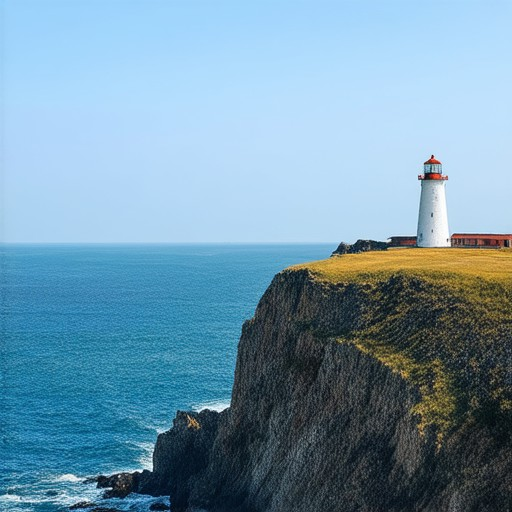
What Are Some Tips For Capturing Stunning Seascape And Sailing Photos?
Capturing stunning seascape and sailing photos requires a combination of technical skills and artistic vision. Here are some expert tips to help you get started:
- Choose the Right Time of Day:** The golden hour, typically 30 minutes before sunrise or sunset, often provides the most dramatic lighting for seascape photography. The soft, diffused light during these times enhances textures and creates beautiful color contrasts.
- Composition is Key:** Use leading lines, such as the horizon or sails, to guide the viewer’s eye through the frame. Symmetry and balance are important elements to consider when composing your shots.
- Experiment with Angles:** Capture the scene from various angles, including low-angle shots that emphasize the vastness of the ocean or high-angle perspectives that highlight the boats and their movement.
- Pay Attention to Lighting Conditions:** Harsh midday sun can cause glare, while overcast skies may flatten the colors. Look for opportunities to shoot during calm conditions or when the sun creates interesting patterns on the water.
- Use a Tripod for Stability:** A tripod ensures stability, especially when shooting in rough conditions. This allows you to adjust settings without worrying about camera movement.
- Consider Your Equipment:** Invest in a high-quality camera with a wide-angle lens to capture the vast expanse of the ocean. A polarizing filter can help reduce reflections and enhance colors.
- Capture Movement:** Whether it’s the swells of the waves or the motion of sails, incorporating movement into your photos adds dynamism to the scene. Shoot in bursts to freeze action moments.
- Explore Different Locations:** Don’t limit yourself to just one spot. Discover hidden coves, secluded beaches, and unique vantage points that offer fresh perspectives and unparalleled views.
- Edit Your Photos Thoughtfully:** Post-processing can enhance your photos by adjusting colors, sharpness, and exposure. However, always aim to keep the natural beauty of the scene intact.
- Share and Connect:** Join online communities dedicated to sailing and photography to share your work, receive feedback, and learn from fellow enthusiasts. Websites like Sailing Photo Awards are excellent resources for inspiration and improvement.
By combining these tips with practice and patience, you can create stunning seascape and sailing photos that truly capture the essence of the open ocean.
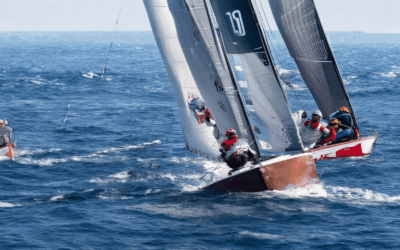
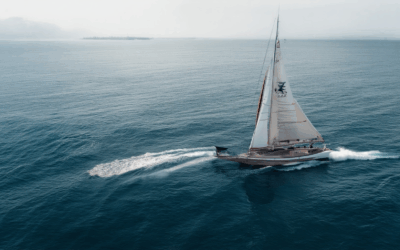
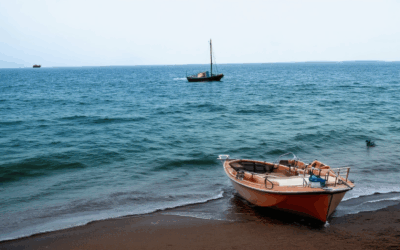
0 Comments